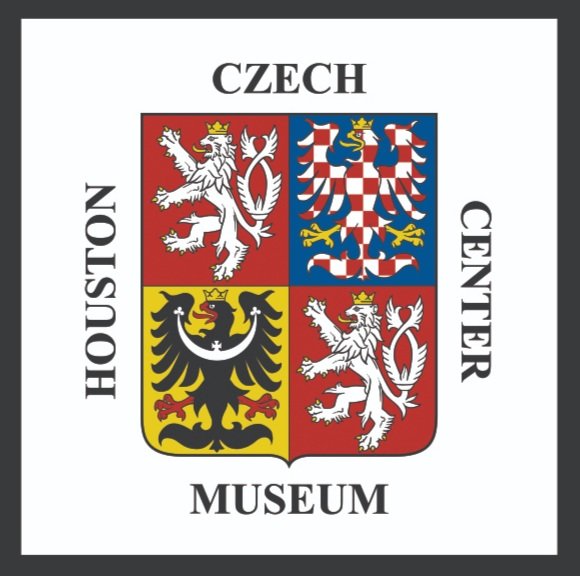The word “dollar” is the Anglicized version of the German word “thaler” (Czech tolar and Dutch word “daalder” or “daler”), a shortened version of the word “Joachimthalers.” The word “thaler” comes from the German root “thal” which means “valley” and “thaler” indicates a person or thing from the valley.
“Thaler” originally referred to the silver coins minted from silver mines in a town called Joachimsthal in Bohemia, now Jachymov in Czech. The original thaler carried a lion from the coat of arms of the Kingdom of Bohemia on one of its sides.
Joachimsthal had been producing thalers since the 16th century. In fact, the settlement was initially formed by German settlers because of the discovery of silver. The town, today a part of the Czech Republic, was annexed into Germany in 1938 as part of Sudetenland. After World War II, the German population was expelled, and the town became Czech and renamed Jachymov.
Since its origin, the word “dollar” was then used to represent silver coins in many currencies, including the Spanish peso and Portuguese eight-real piece. In the early United States, British pounds were rare in the colonies, but there were plenty of Spanish pesos or “dollars.” Thus, the US adopted the dollar as its official currency when it became an independent country.

